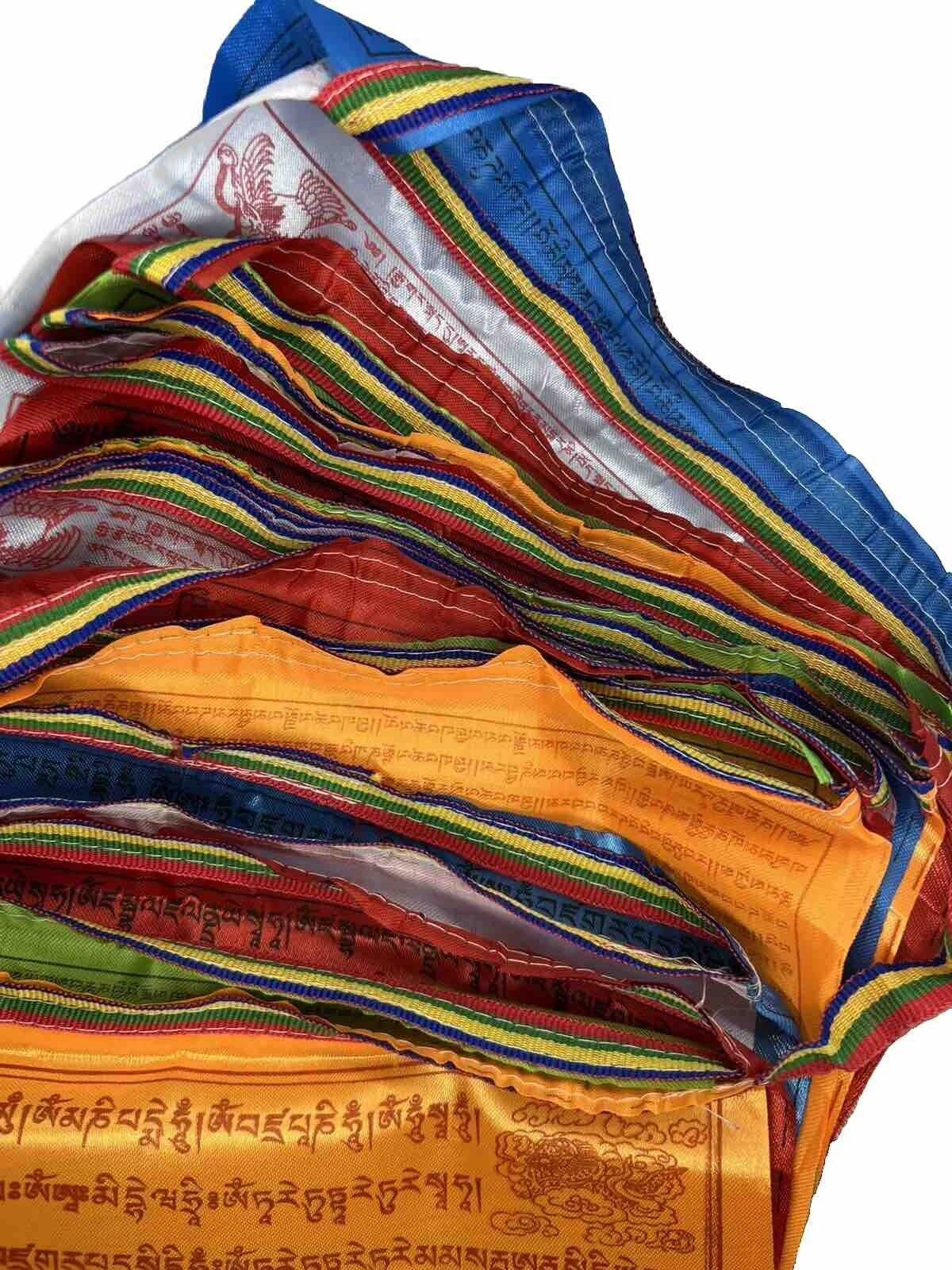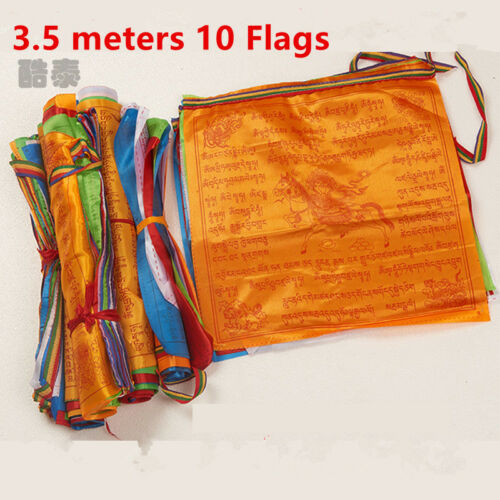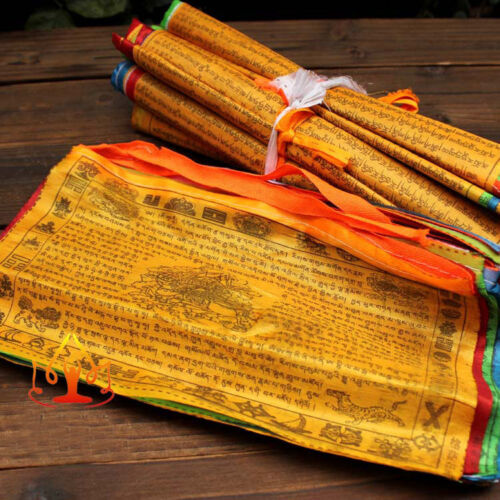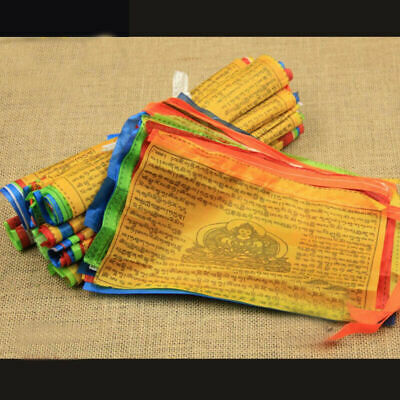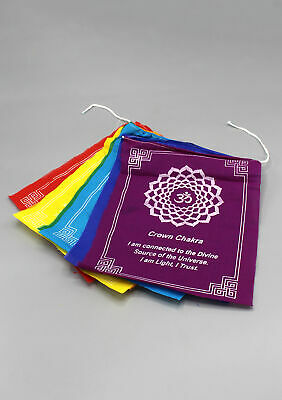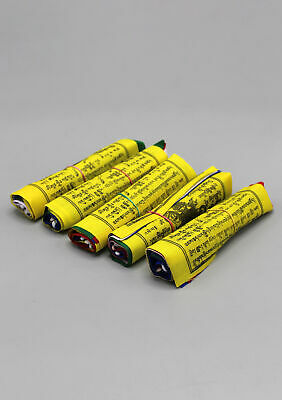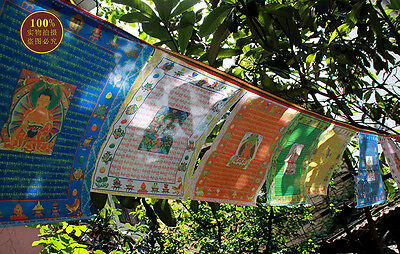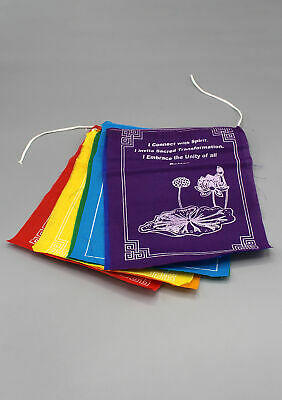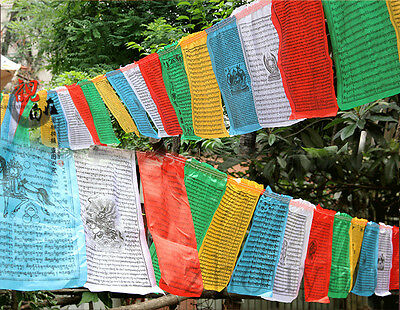-40%
Lungta Tibetan Buddhist Prayer Flags 20pc Outdoor Meditation Traditional 10.5x9"
$ 5.8
- Description
- Size Guide
Description
Product details:20 Individual Prayer Flags
Material
: Artificial Silk
Size
: Each Individual Prayer Flag size 10.5" x 9"
Lungta, translating to "wind horse" in English, embodies a significant concept in Tibetan culture, particularly in the context of Tibetan prayer flags. These colorful rectangular cloths, often found strung along mountain ridges and peaks in the Himalayas, are not just decorative but carry deep spiritual significance. They are used to promote peace, compassion, strength, and wisdom, with the colors, patterns, and texts printed on them intended to be spread by the wind, sharing their blessings across the land.
The concept of Lungta has its roots in pre-Buddhist Bon traditions of Tibet but has been seamlessly woven into Tibetan Buddhism, symbolizing good fortune and the uplifting of the spirit. The horse depicted on many prayer flags represents speed and the transformation of bad fortune to good fortune, carrying prayers from earth to the heavens. It is often shown carrying the "Three Jewels" of Buddhism on its back: the Buddha, the Dharma (Buddhist teachings), and the Sangha (Buddhist community), emphasizing the spiritual context of these flags.
The five colors of the flags represent the five elements and directions, each with its symbolism:
-
Blue
for the sky and space,
-
White
for the air and wind,
-
Red
for fire,
-
Green
for water, and
-
Yellow
for earth.
By balancing these elements both externally in the environment and internally within the body, it is believed that health and harmony are maintained.
Tibetan prayer flags are typically hung in places where the wind can catch them, allowing the prayers and mantras to be carried to all beings. As the flags flutter in the wind, their colors fade, and the fabric wears, symbolizing the natural passage of life and the impermanence of all things. The frayed flags are not seen as worn or useless but as bearers of good will that have fulfilled their purpose. Traditionally, once they are completely worn out, they are replaced with new ones during the Tibetan New Year, ensuring a continuous cycle of sending out prayers and blessings.
